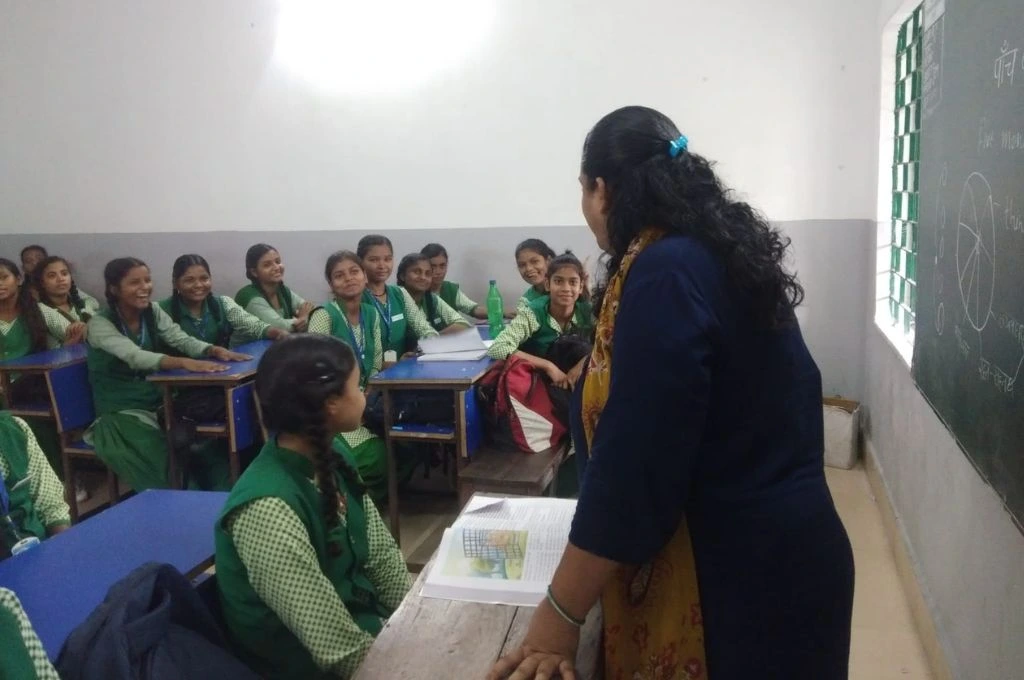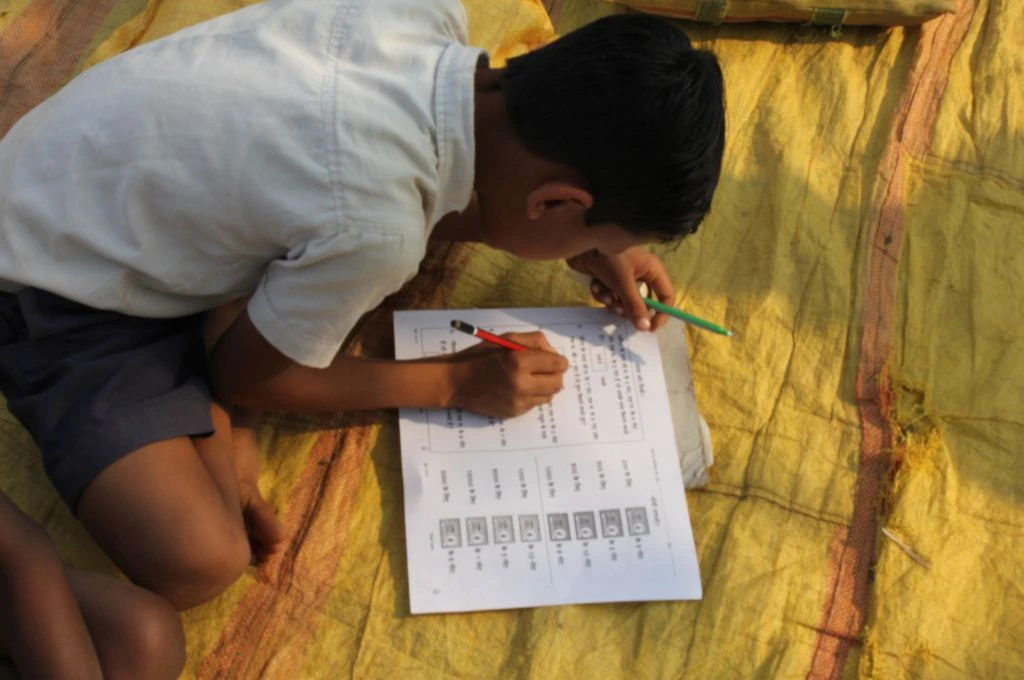The National Education Policy 2020 (NEP) lays out a compelling, ambitious agenda for education reform in India. Yet, as others have noted, without concerted action the NEP’s promise will remain unfulfilled.
The new policy is a wide-ranging document and therefore priority-setting is key. To realise the NEP’s vision, the centre should prioritise certain critical elements of the policy: expanding access to early childhood care and education (ECCE), raising foundational literacy and numeracy in primary school, and creating a regular, national sample-based survey of learning outcomes. An overarching point we also make is that as education is a concurrent subject, the centre should provide guidance and funding but leave details to the states.
In this article, we provide recommendations that can not only help governments prioritise, but also work together to tackle one of India’s most urgent priorities—helping its people realise their full potential.
Prioritise
Taking on too many recommendations could overload teachers, headmasters, and officials at a time when they have their hands full. Instead, the government should start with the most pressing and urgent objectives: expanding ECCE and raising foundational literacy.
A large body of research shows that improvements in early childhood education and primary school pay off far more, in terms of later life outcomes than improvements in secondary school or higher education. In addition, as the NEP itself points out, reforms to secondary school and higher education rest on getting these fundamentals right first. According to the Annual Status of Education Report (ASER), in 2018, nearly half of all rural students in Grade 5 couldn’t read a Grade 2 text and two thirds couldn’t perform simple division. There is little point in having all students complete secondary school (as the NEP recommends) if many of them cannot even read a basic text. Further, hasty changes to secondary school or higher education would only make current secondary school students more stressed.
The government should also prioritise assessing learning outcomes as a means to measure the efficacy of its education system
The government should also prioritise assessing learning outcomes as a means to measure the efficacy of its education system. Measuring progress on ECCE and foundational learning will require high-quality data. The ASER survey, cited above, is an invaluable data source but is only available for rural areas. The central government’s National Achievement Survey (NAS) covers urban areas but does not include private school students and, as recent research by one of the authors and Andres Parrado shows, is likely inaccurate.
The NEP recommends implementing census-based exams (tests administered on every child in school) in Grades 3, 5, and 8. If implemented well, these exams may be a great source of data. But because they are administratively cumbersome to implement, it may be several years before data from these exams can be fully trusted. To fill the gap, the central government should implement a sample-based survey—where a random sample of students is selected—of learning outcomes which includes urban areas and private school students. In implementing this survey, the central government should learn from the experience of the NAS to ensure that the data is of sufficiently high quality to track progress at the state level.
Use evidence to guide decision-making
Whatever its faults, the NEP cannot be criticised for lack of ideas. The document is full of detailed guidance on everything from book clubs to classroom activities. As a source of inspiration, this level of detail is admirable but as policy guidance, it is overbearing. State governments need to develop detailed implementation plans customised to the nature of gaps in their respective education systems, the resources available to them, and considering the latest knowledge and evidence in the sector.

The centre needs to focus on expanding access to ECCE, and raising foundational literacy and numeracy in primary school. | Picture courtesy: Aseema Charitable Trust
In addition, many of the NEP’s detailed recommendations go against existing evidence. The NEP recommends a pupil-teacher ratio (PTR) of under 30:1. And in order to increase access to ECCE and improve foundational learning, it recommends hiring more teachers in primary schools, introducing a new cadre of ECCE teachers with rigorous qualifications, and investing in infrastructure in anganwadis and primary schools. Yet official figures show that in most states, the majority of government primary schools comply with these PTR guidelines already.
While in a few states such as Bihar, Jharkhand, and Uttar Pradesh, a substantial share of government primary schools do not comply with PTR guidelines, the problem, for the most part, is one of teacher assignment rather than the overall number of teachers. For example, the overall PTR in Jharkhand government primary schools is 25, which is better than the recommended guidelines. Yet 50 percent of Jharkhand’s primary schools do not comply with the PTR guideline. This tells us that we need to ensure a more even distribution of teachers across schools.
Research shows that teacher qualifications and improved school infrastructure on their own have relatively little effect on student learning outcomes.
Research also shows that teacher qualifications and improved school infrastructure on their own have relatively little effect on student learning outcomes. By contrast, additional contract workers, who are more accountable to their supervisors and may deviate from the official curriculum, can have huge effects. Pratham’s Read India program, which relies on relatively low-paid staff who undergo only a short training, has been shown to dramatically increase foundational literacy in a short timeframe. Similarly, a government programme in Tamil Nadu in which anganwadis were provided with an additional assistant who received only a short training resulted in large increases in both learning and nutrition.
Similarly, to implement the sample-based survey, the central government should seek outside help rather than do it on its own. For the past 15 years, the ASER Centre has collected regular, accurate data on basic literacy and numeracy on a shoestring budget. In addition to the ASER Centre, organisations such as the Centre for Science of Student Learning and Educational Initiatives have deep experience in developing and carrying out student assessments. By contrast, the government’s own effort to collect learning outcomes data has been marred by errors. One of the authors of the article, along with Andres Parrado, recently showed how the 2017 NAS data contains little information on actual student learning. We compared NAS to a variety of other datasets including ASER, India Human Development Survey (IHDS) learning outcomes data, and Reserve Bank of India (RBI) data on state income and find little correlation between NAS state rankings and rankings based on these other datasets. The fact that the NEP provides little guidance on assessments—only stating that NAS will continue until the National Assessment Centre is established—is worrying, particularly because assessment is an area where the centre ought to provide detailed guidance.
Turn crisis into opportunity
Bold experiments are the need of the hour to improve learning outcomes in India. In the past, efforts to improve foundational learning were often hampered by the requirement that teachers complete an over-ambitious curriculum which leaves most kids behind. With so many students way behind the official curriculum, attempt to ‘catch up’ is nearly impossible. And since the NEP has recommended fundamental changes to board exams, the fear that deviating from the curriculum will leave students ill-prepared for the boards is muted. States should seize this opportunity by suspending the requirement that teachers complete the official curriculum, and take bold steps to refocus teaching on foundational learning. One such step could be to integrate Pratham’s tried and tested ‘teaching at the right level’ approach into the syllabus.
We see NEP 2020 as a policy document that has several laudable goals. And while it has generated some political heat, much of the document is ambitious and forward-looking. However, to go beyond nice-sounding policy prescriptions and achieve tangible gains on the ground, it will require the centre and states to work together.
—
Know more
- Tune into #NEP 2020, TLDR, a video series which features sector experts who decode what the policy means for students, educators, institutions, and society at large.
- Read the NEP 2020 in Hindi.




